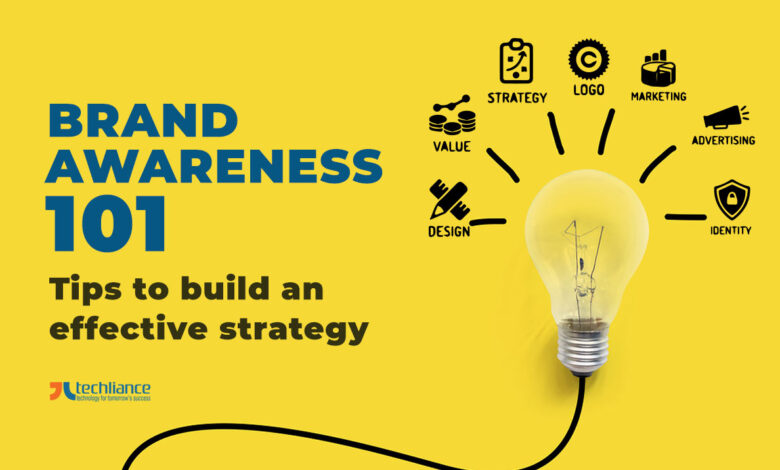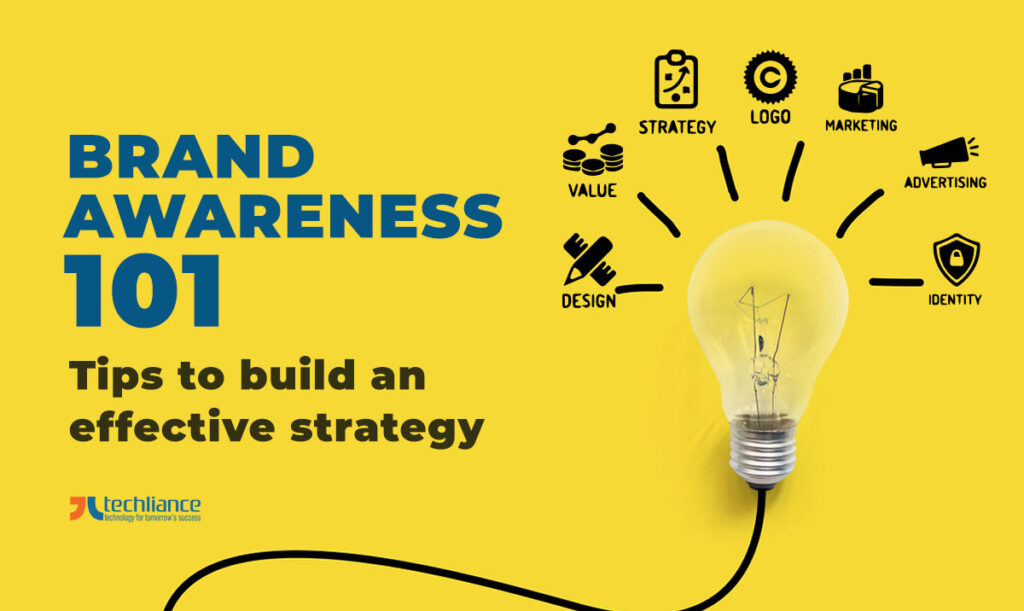Building brand awareness, solutions and effective evaluation methods

Building brand awareness involves creating and promoting a brand’s presence to ensure that it is recognized and remembered by its target audience. Effective strategies and solutions are crucial to achieving high brand visibility and recognition. Evaluating the effectiveness of these efforts is essential to understand their impact and optimize future strategies.

Solutions for Building Brand Awareness:
1. Content Marketing:
- Create Valuable Content: Develop engaging and informative content that resonates with your target audience. This includes blog posts, articles, whitepapers, and eBooks.
- Optimize for SEO: Use search engine optimization (SEO) techniques to improve your content’s visibility in search engine results.
2. Social Media Marketing:
- Develop a Social Media Strategy: Choose the right social media platforms based on where your target audience is most active (e.g., Facebook, Instagram, LinkedIn).
- Consistent Posting: Regularly share relevant content, engage with followers, and participate in conversations to increase brand visibility.
3. Influencer Partnerships:
- Collaborate with Influencers: Partner with influencers who have a significant following in your niche to promote your brand.
- Leverage Their Reach: Utilize their platforms to reach a larger audience and build credibility through trusted voices.

4. Advertising Campaigns:
- Digital Advertising: Use pay-per-click (PPC) ads, display ads, and social media ads to reach a targeted audience.
- Traditional Advertising: Invest in TV, radio, and print ads if they align with your target demographic.
5. Public Relations (PR):
- Press Releases: Distribute press releases to announce new products, events, or milestones.
- Media Coverage: Build relationships with journalists and media outlets to secure coverage and increase brand exposure.
6. Events and Sponsorships:
- Host Events: Organize or sponsor events such as webinars, conferences, or trade shows to engage with your audience and create brand awareness.
- Participate in Community Events: Engage in local or industry-specific events to build local brand recognition.
7. Content Collaboration:
- Guest Blogging: Write guest posts for popular blogs or websites in your industry to reach a new audience.
- Co-Branding: Partner with other brands on joint content or products to leverage each other’s audiences.
8. Email Marketing:
- Build an Email List: Collect email addresses from interested prospects and customers.
- Send Regular Newsletters: Keep your audience informed about brand updates, promotions, and content.
9. Referral Programs:
- Implement Referral Incentives: Encourage existing customers to refer new customers by offering incentives or rewards.
- Leverage Word of Mouth: Utilize satisfied customers to spread the word about your brand.
Effective Evaluation Methods for Brand Awareness:
1. Quantitative Metrics:
- Reach and Impressions: Track the number of people who see your brand’s content or ads.
- Website Traffic: Monitor changes in website traffic and visitor sources.
- Social Media Metrics: Measure likes, shares, comments, and follower growth on social media platforms.
2. Brand Recall and Recognition Studies:
- Surveys and Polls: Conduct surveys to assess how well people remember or recognize your brand. Include questions about brand recall and recognition.
- Focus Groups: Use focus groups to gather qualitative feedback on brand awareness and perception.
3. Customer Feedback:
- Surveys: Use customer surveys to gauge awareness levels and the effectiveness of communication efforts.
- Reviews and Ratings: Monitor online reviews and ratings to understand customer awareness and perceptions.
4. Media Coverage Analysis:
- Media Monitoring: Track the frequency and quality of media coverage your brand receives.
- Sentiment Analysis: Analyze the sentiment of media mentions to assess the tone and impact of brand coverage.
5. Social Media Analytics:
- Engagement Rates: Track metrics such as likes, comments, shares, and mentions to evaluate social media impact.
- Social Listening Tools: Use tools to monitor brand mentions and sentiment across social media platforms.

6. Sales and Conversion Data:
- Track Conversions: Measure the impact of brand awareness efforts on sales and conversions.
- Analyze Customer Acquisition: Evaluate how brand awareness strategies contribute to customer acquisition and lead generation.
7. Brand Health Metrics:
- Brand Equity: Assess changes in brand equity, including brand loyalty and perceived value.
- Net Promoter Score (NPS): Measure customer likelihood to recommend your brand to others as an indicator of awareness and satisfaction.
Conclusion:
Building brand awareness requires a multifaceted approach, incorporating content marketing, social media, advertising, PR, and other strategies. To ensure effectiveness, it is crucial to evaluate the impact of these efforts using quantitative metrics, surveys, media analysis, and social media analytics. Regularly reviewing and optimizing your strategies based on these evaluations will help maximize brand visibility and recognition, driving long-term success for your brand.

